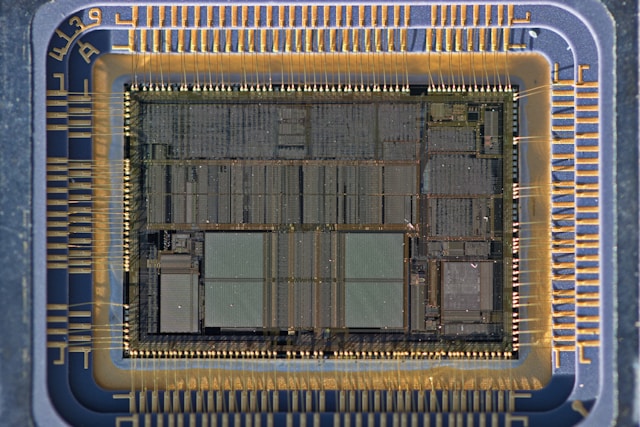
Syracuse, N.Y. — Micron Technology is postponing the launch of its first two chip fabrication facilities in Clay, pushing the opening timeline back two to three years, according to new environmental filings made public Friday. The delay marks a major shift for one of the largest semiconductor projects in U.S. history.
Under the revised schedule, the first fab — once expected by mid-2028 — is now targeted for late 2030, while the second fab has been delayed from late 2030 to late 2033. That moves the initial opening nearly eight years past Micron’s original 2022 announcement of its plans for Central New York.

The changes come as the Onondaga County Industrial Development Agency (OCIDA) formally accepted Micron’s final environmental impact report — a critical regulatory milestone allowing construction permitting to move forward.
While Micron did not directly cite reasons for the delays, the updated report notes that terms of the company’s $6.1 billion CHIPS Act funding agreement with the U.S. Commerce Department have been amended, giving Micron more time to commence operations.
The filing states:
“The amendment modified the time by approximately two years in which Micron would have the option to commence operations of Fabs 1 and 2 for purposes of the funding agreement.”
As part of that modification, Micron will prioritize construction at its Boise, Idaho headquarters. One fab is already underway there, and a second must now open ahead of any Clay facilities. The company has also shifted a portion of its federal subsidy from New York to Idaho — with planned CHIPS funding for Clay dropping from $4.6 billion to $3.4 billion.
OCIDA executive director Bob Petrovich said the changes shouldn’t come as a shock:
“These are massive projects that require lots of coordination, lots of design review, lots of moving parts. Schedules in any project are fluid.”
Onondaga County Executive Ryan McMahon echoed the growing concern nationwide as fabs ramp up:
“The reality of the industry is that it’s taking about three to four years to build a fab. The company wanted to provide themselves flexibility in the construction.”
Industry analysts have repeatedly warned that a shortage of skilled semiconductor construction labor, combined with inflationary pressures, could slow domestic chip manufacturing expansion — a key goal of the CHIPS and Science Act.

The setback also impacts major workforce plans tied to the $100 billion investment:
Despite the delays, Micron reaffirmed its long-term vision: all four fabs at the Clay megasite are still expected to be completed by 2041.
The company could ultimately receive nearly $25 billion in state and federal support for the project.
With the environmental report officially deemed complete, OCIDA is now preparing to issue findings — a step that will dictate environmental mitigation requirements including wetland protection and tree removal plans.
Once those findings are approved at the November 17 board meeting, other agencies can begin issuing permits needed to start site clearing, likely in December.
The board will also vote on whether to approve $1.76 billion in sales tax exemptions and $284 million in property tax relief for Micron.
The revised schedule highlights the complex reality of rebuilding semiconductor manufacturing in the United States — an effort meant to strengthen national security and reduce reliance on foreign suppliers. Even with billions pledged, the industry faces:
✅ Workforce shortages
✅ Extended construction timelines
✅ Global market uncertainty
✅ Regulatory and environmental complexities
Still, New York officials maintain confidence that the project will transform Central New York’s economy for decades to come.
Originally reported by Glenn Coin in Syracuse.